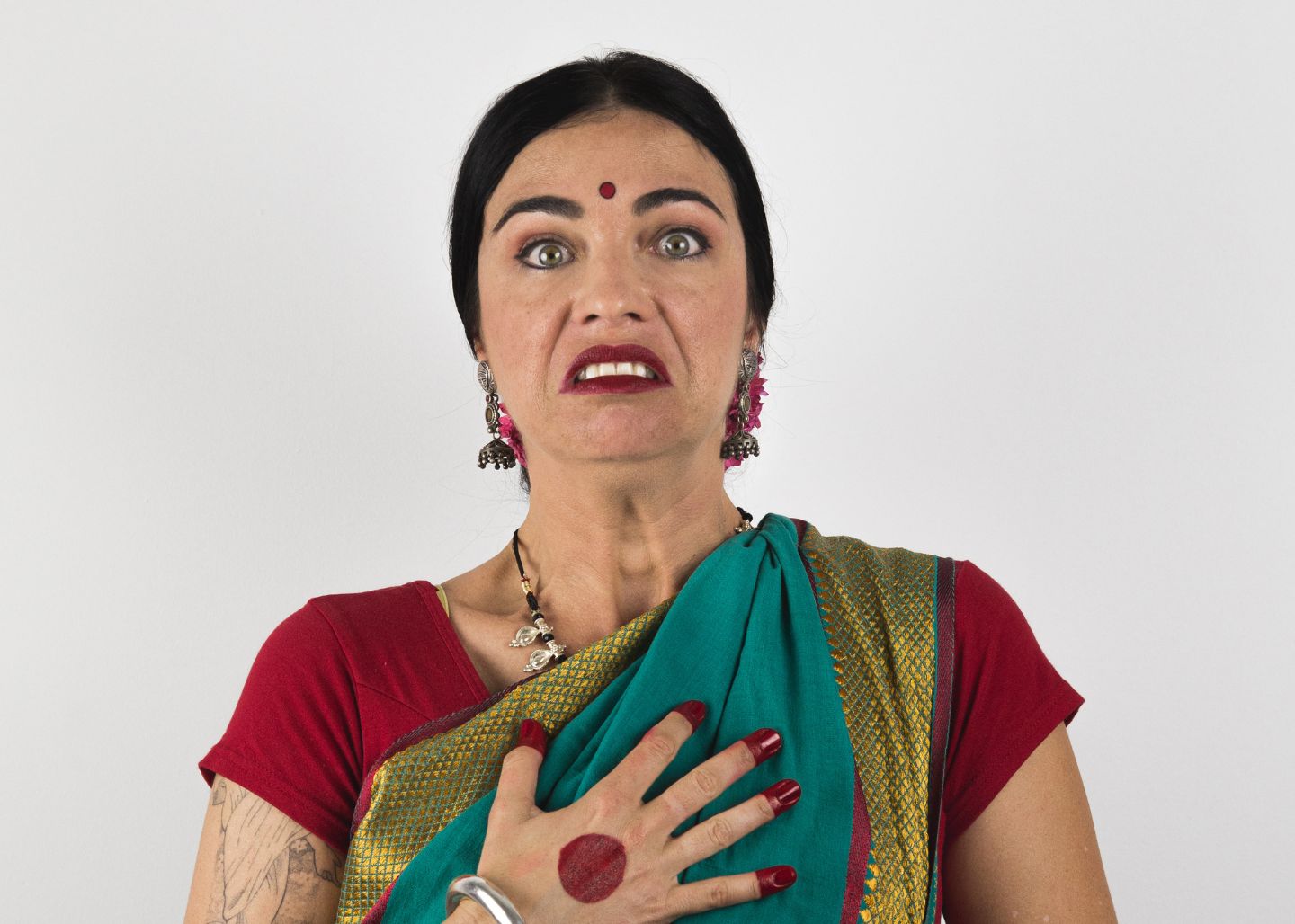
There are many theoretical aspects concerning Classical Indian Dance, which are related to the theory of dance and drama, written in the book also called Natya Sastra. This post intends to portray the nine basic emotions that this beautiful art form comprises – Nava Rasa Odissi dance.
The Odissi dance encompasses two main aspects regarding the repertoire it represents: Nritta and Abhinaya.
Nritta is an ornamental dance form, intended to display the dancer’s technique skills, without any further meaning except for the beauty of the dance.
Abhinaya is the ability of telling stories without the need of changing the costume, using props or speaking. This part of the repertoire is actually focused on telling ancient stories about the Gods, embodied by the dancers, through their movements, mudras, body and face expressions. Dance and drama.
In this given context emerges the concept of Rasa – its literal translation from the Sanskrit means juice, essence or flavor. In the Indian arts and drama theory it can also refer to the aesthetic sensitivity of the performance.
A series of emotions are portrayed athwart a dancing body, in a very expressive and enclosed way, representing a character and defining the way they move, regardless of whether it is a woman, a man or an animal.
In Indian theory of dance and drama, there are formulas that define how to move the eyes and its meaning, which are the hand positions and how to use them. There is also a series of emotions described and delimited by a certain number of gestures. These are the 9 Rasas.
I’m going to briefly outline the 9 Rasas of the Odissi Dance.
These nine emotions as basic concepts or combined among them can be used to represent each and every one of the aspects of the gods, as well as the mundane stories.
Nava rasa practice 😉
An elephant is majestic (vira) and calm (shanti). But, depending on the circumstances, he can be very angry (raudra) and ready to fight.
It depends on the context that is meant to be portrayed and the story that is to be told.
I’m going to share an interesting video where you can see that Indian classical dance artists are considered to be kind of blank bodies and minds, in order to be able to fill them with the character they want to represent.
Regardless of gender, sex or race.
Follow me on the social media or have a look on my online classroom and let’s dance together!!
For three days, my entire online platform will be 25% OFF, so you can freely choose any course, style or practice you wish to explore.
What’s included:
Perfect for dancers who want to choose their own path.